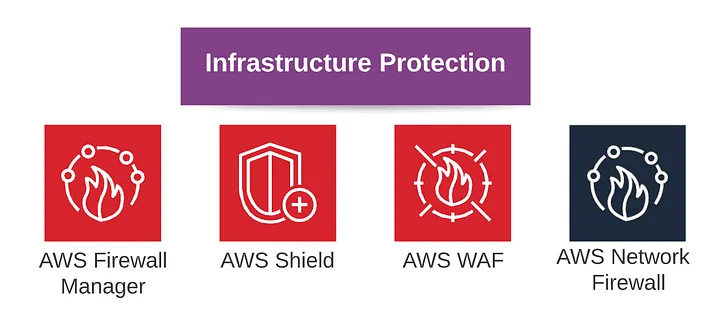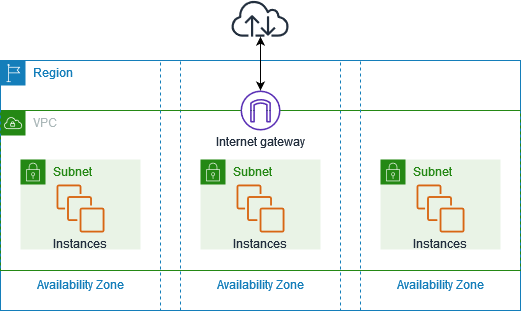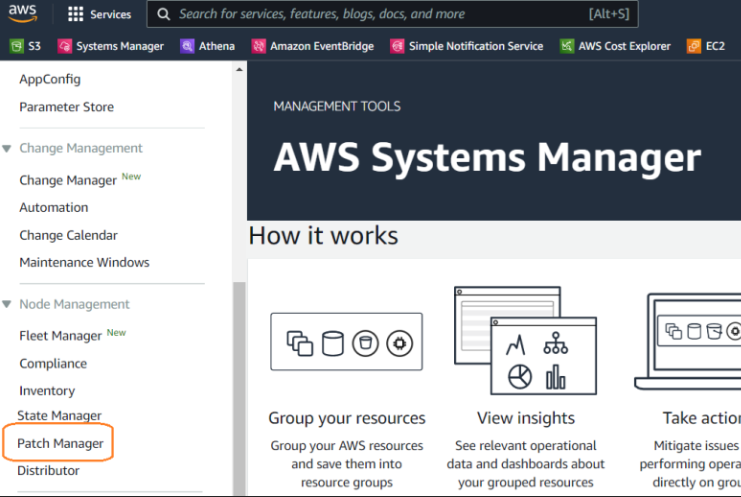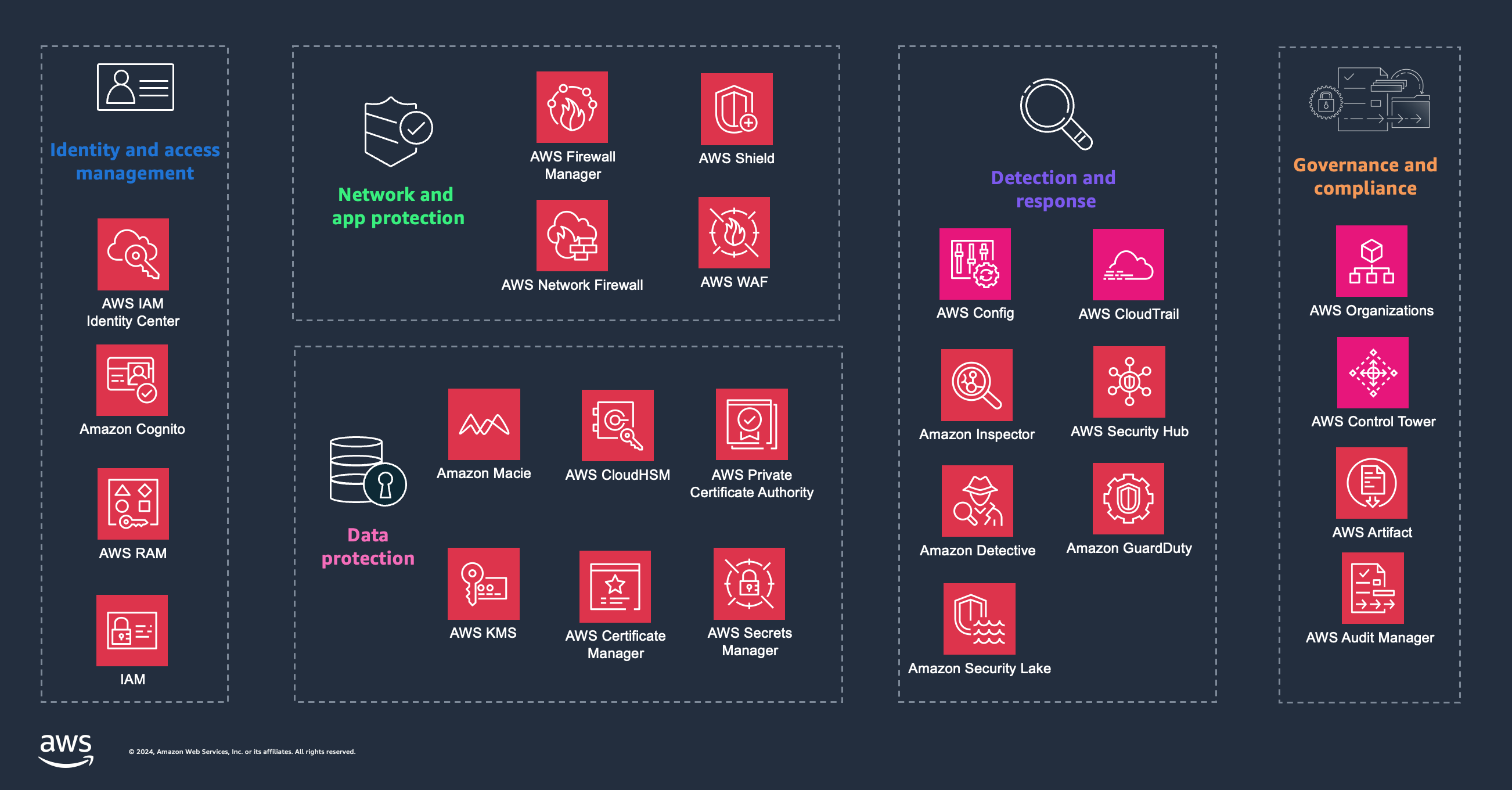AWS Infrastructure Protection - Strengthening Cloud Security
In a cloud environment, infrastructure protection is paramount to maintaining data security and ensuring that workloads are resilient against unauthorized access. AWS provides a range of tools and services designed to enhance infrastructure security, focusing on protecting resources at multiple levels through defense-in-depth strategies. As a DevOps engineer or programmer, understanding these tools is key to crafting secure, robust cloud architectures. This blog post dives into AWS infrastructure protection mechanisms such as Virtual Private Cloud (VPC) features, network isolation, access control, and systems management services.
Protection via Isolation
Amazon Virtual Private Cloud (VPC)
AWS infrastructure protection often starts with Amazon VPC. A VPC allows users to launch AWS resources in a virtual network isolated from the public internet, mimicking the structure of traditional on-premises networks.
| VPC Feature | Description |
|---|---|
| Subnet Routing | Subnets group instances based on security needs. You can configure public or private subnets, each with specific routing tables. |
| Network ACLs | Acts as a firewall for the subnet, allowing you to define ALLOW or DENY rules for inbound and outbound traffic at a network level. |
| Security Groups | Stateful firewalls attached to instances, used to control inbound and outbound traffic, configured per service port, IP protocol, and source/destination IP address. |
- Subnet Routing allows fine-grained control over resource connectivity. For example, sensitive instances can be placed in private subnets with no direct access from the internet.
- By leveraging Network ACLs and Security Groups, DevOps engineers can create a secure perimeter around their VPC, applying both network-wide and instance-level controls.
Application and OS Security
AWS Systems Manager
To ensure applications and operating systems are secured and compliant, AWS Systems Manager provides a suite of tools to automate patching, manage inventory, and enforce configurations across environments. It is a powerful tool to maintain infrastructure consistency and minimize vulnerabilities.
| AWS Systems Manager Feature | Description |
|---|---|
| Automated Patching | Automatically deploys software patches across EC2 instances or on-premises servers, reducing manual intervention. |
| Configuration Management | Maintains a centralized store for managing configurations, including secret management. |
| Remote Management | Allows secure instance management via CLI without managing SSH keys or opening inbound ports. |
- Automated Patching reduces the risk of missing crucial updates by ensuring all systems are patched regularly.
- Configuration Management helps separate sensitive data from code, ensuring best practices in key management and reducing potential attack vectors.
Additional AWS Services for Infrastructure Protection
Network Security Tools
AWS provides additional services that bolster infrastructure protection by offering specialized network security and management capabilities.
| Service | Purpose |
|---|---|
| AWS Firewall Manager | Centrally manage firewall rules and enforce compliance across your organization. |
| AWS Direct Connect | Establishes secure, private connections between your on-premises network and AWS, bypassing the public internet. |
| AWS CloudFormation | Automates infrastructure deployment, ensuring consistent security configurations in all environments. |
- AWS Firewall Manager centralizes security rule enforcement, making it easier to bring new applications and services under your compliance framework.
- AWS Direct Connect reduces exposure to public internet vulnerabilities, improving reliability and security.
Amazon Inspector
Amazon Inspector is another essential service for maintaining security. It performs automated assessments of AWS-hosted applications, looking for vulnerabilities and deviations from best practices.
| Amazon Inspector Feature | Description |
|---|---|
| Continuous Scanning | Constantly scans EC2 instances and container-based applications for vulnerabilities. |
| Automated Remediation | Automatically marks vulnerabilities as resolved once they have been patched or remediated. |
- Continuous Scanning ensures that applications remain secure without requiring manual scans.
- By integrating with AWS Security Hub, Amazon Inspector enables centralized management of security findings, making it easier to take action.
Protecting infrastructure is an ongoing responsibility that requires vigilance and strategic planning. AWS offers numerous tools like Amazon VPC, AWS Systems Manager, AWS Firewall Manager, and Amazon Inspector to help secure your cloud environment. As a DevOps engineer or programmer, leveraging these tools effectively can significantly reduce the risks associated with unauthorized access, configuration drift, and potential system vulnerabilities. By isolating resources, automating security tasks, and deploying consistent security controls, teams can maintain resilient, compliant, and secure infrastructure in the cloud.
Ensure your cloud environments are set up with the right security layers—adopt a defense-in-depth strategy, automate where possible, and keep your infrastructure protected against the evolving threat landscape.
For further reading on AWS Infrastructure Security, explore AWS Security Best Practices.




